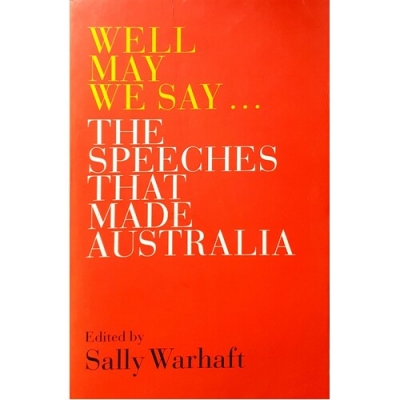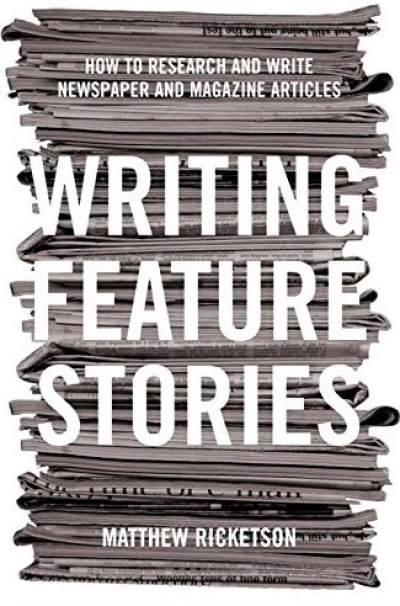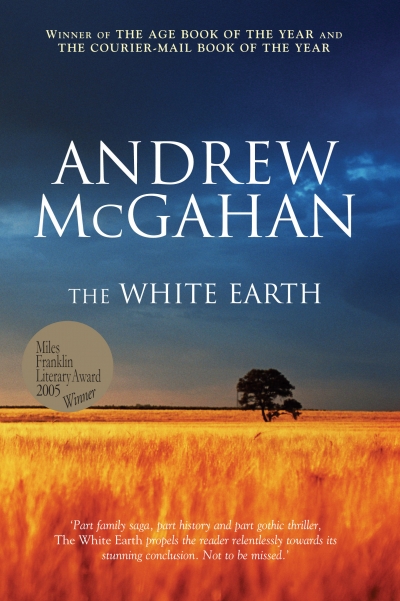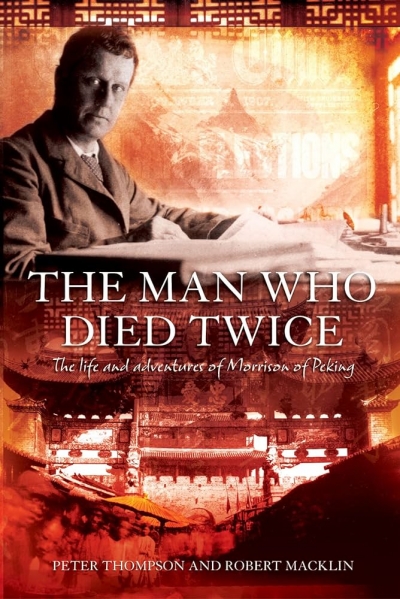Allen & Unwin
Fatal Attraction by Bruce Grant & How to Kill a Country by Linda Weiss, Elizabeth Thurbon and John Mathews
by Jock Given •
Well May We Say edited by Sally Warhaft & Speaking for Australia by Rod Kemp and Marion Stanton
by James Curran •
Writing Feature Stories: How to research and write newspaper and magazine articles by Matthew Ricketson
by Joel Becker •
Sybil’s Cave by Catherine Padmore & The Submerged Cathedral by Charlotte Wood
by Anna Goldsworthy •
The Man Who Died Twice: The life and adventures of Morrison of Peking by Peter Thompson and Robert Macklin
by Gideon Haigh •










